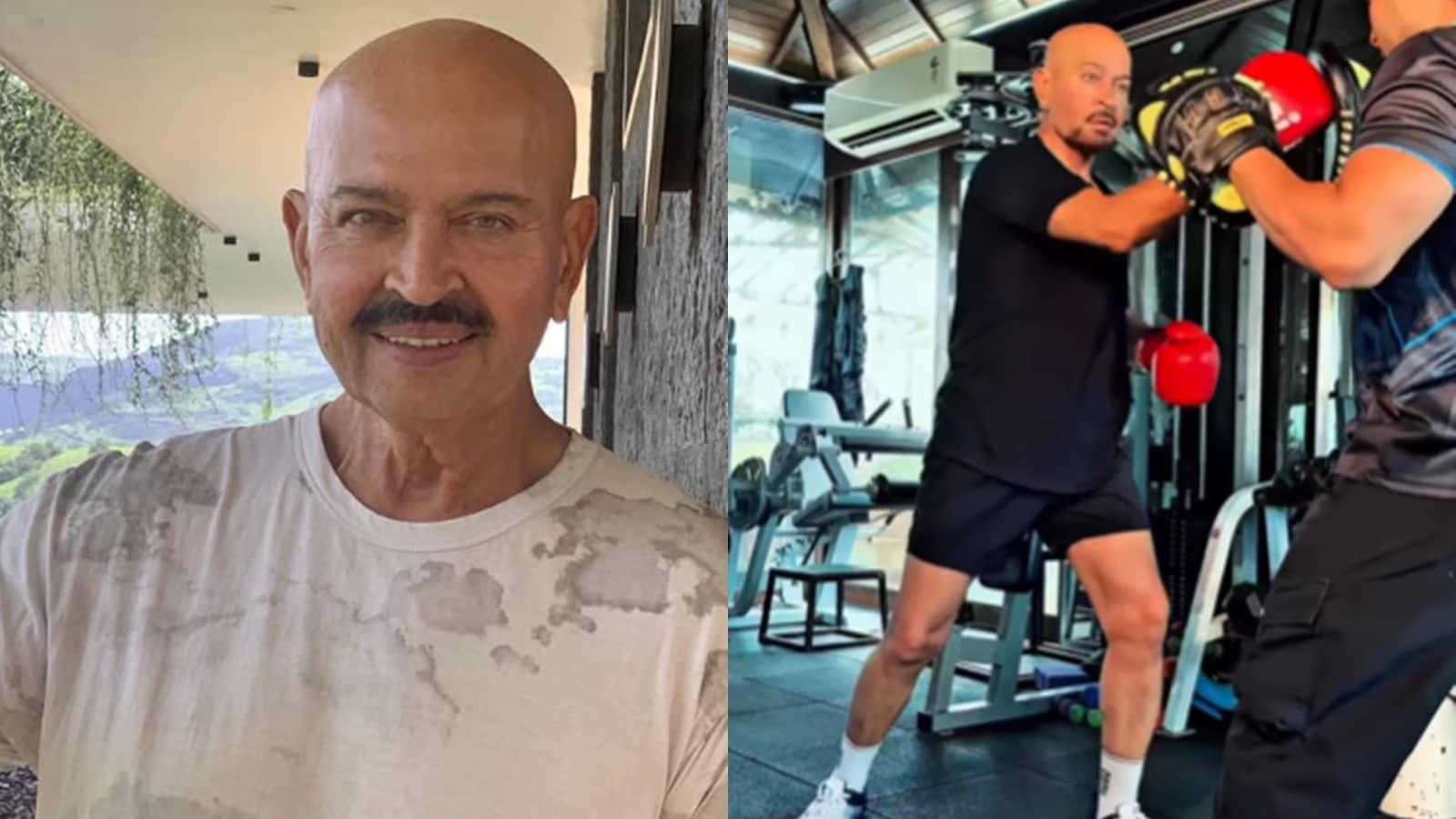At 75, filmmaker Rakesh Roshan is redefining what ageing can look like. On Monday, he shared a powerful workout video on social media, showing himself lifting weights, boxing, and doing lunges with ease and confidence. His caption struck a motivating note: “It’s not about being healthy — it’s about feeling your best every day.” The video quickly went viral, with fans applauding his energy and dedication.
Among those cheering him on were his son, actor Hrithik Roshan, who commented, “Uff damn! Too good, Papa!” Actor Suniel Shetty also responded with encouragement, while action choreographer Sham Kaushal and filmmaker Goldie Behl dropped appreciative notes. Kaushal commented, “Kaya baat. So inspiring. Rakeshji,” while Behl wrote, “Awesome, Guddu uncle.”
Roshan, who was diagnosed with throat cancer in December 2018, has spoken in the past about his health transformation and fitness journey post-recovery. His latest clip stands as a reminder that movement, strength, and motivation don’t have to fade with age.
Story continues below this ad
But, how realistic and beneficial is intense physical training for people in their 70s, especially those recovering from severe health conditions like cancer?
Dr Vajalla Shravani, MPT, fitness and pilates expert at Tone30 Pilates, tells indianexpress.com, “Intense physical training at 70 is certainly realistic, but it must be individualised. Rakesh Roshan’s video is a great example of what’s possible with consistent training, medical clearance, and professional supervision. For older adults recovering from serious health conditions like cancer, the goal isn’t just intensity. It is about sustainability, safety, and smart progression.”
Structured strength training can greatly benefit post-cancer rehabilitation. She notes, “Studies show that resistance training helps rebuild muscle mass lost during treatment, improves immune response, and combats fatigue. However, intensity should never be a benchmark; personalisation is key.”
Precautions older adults should take before engaging in high-intensity workouts
Dr Shravani says there are three golden rules for older adults considering high-intensity workouts: clearance, customisation, and consistency.
First, they should undergo a complete health screening to assess heart function, bone density, joint health, and medication interactions. Clearance from both a physician and a qualified physiotherapist or exercise physiologist is crucial, especially for those with a history of illness.
Second, workouts must be tailored. This includes choosing low-impact variations, adjusting volume and intensity, and focusing on form over force. For instance, boxing can be incredibly beneficial for coordination and reflexes, but it should be non-contact and technique-focused.
Story continues below this ad
Finally, warm-ups and cooldowns become even more critical with age. Recovery time tends to be longer, so older adults should prioritize mobility work, flexibility training, and adequate rest between sessions.
DISCLAIMER: This article is based on information from the public domain and/or the experts we spoke to. Always consult your health practitioner before starting any routine.


